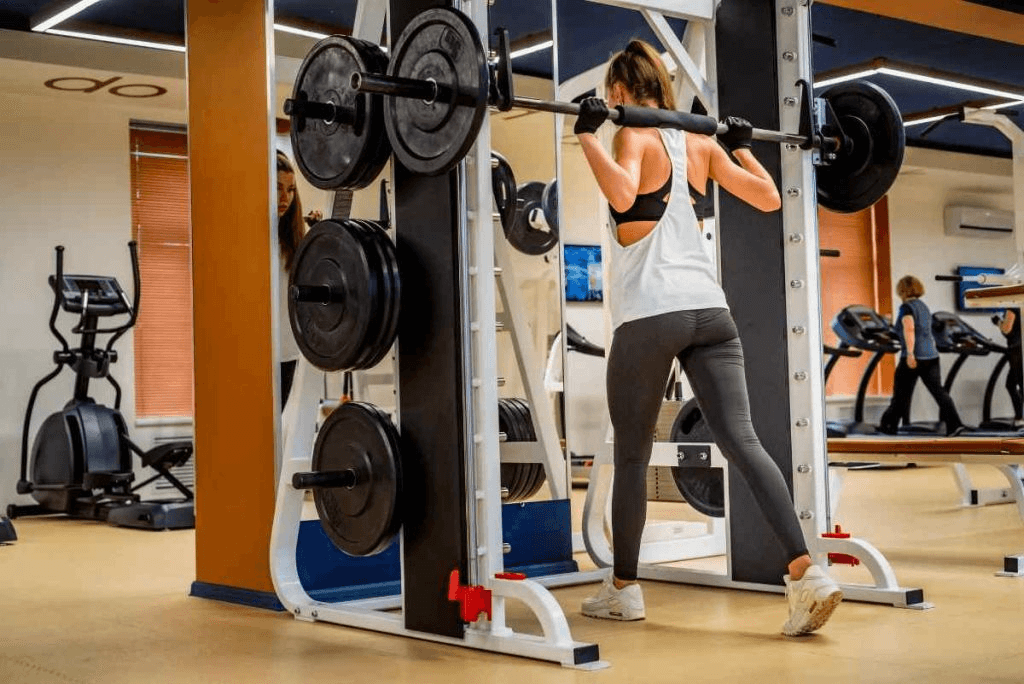When it comes to designing a workout routine, understanding which muscle groups to work together is essential for maximizing results, improving recovery, and preventing overtraining. Whether you're a beginner or a seasoned athlete, pairing the right muscles can help you build strength faster and train more efficiently.
Let’s dive into the best muscle group combinations to workout together, why these combinations matter, and how to structure your sessions for success.
Why Muscle Group Pairing Matters
Muscle groups often work together during compound movements. Grouping them in a strategic way makes your workouts more cohesive and productive. For example, when you bench press, you're not only working your chest but also engaging your triceps and shoulders. Aligning your workouts around muscles that work together minimizes fatigue and allows you to train harder without unnecessary strain.
Smartly combining muscle groups also ensures you have enough recovery time between sessions. Overlapping too much can slow your progress and increase the risk of injury.
Best Muscle Group Combinations to Workout Together
Here are some of the most effective ways to pair muscles to work together:
1. Chest and Triceps
-
Why it works: Chest exercises like push-ups, bench presses, and dips heavily recruit the triceps. Training them together maximizes efficiency and ensures both get fully taxed.
-
Example exercises:
-
Bench Press (Chest, secondary Triceps)
-
Dips (Chest focus, triceps engagement)
-
Tricep Pushdowns
-
What to workout with chest? Triceps are the perfect partner.
2. Back and Biceps
-
Why it works: Pulling exercises such as rows and pull-ups involve both the lats and biceps naturally. Training them together feels fluid and allows for progressive overload.
-
Example exercises:
-
Pull-ups (Back, secondary Biceps)
-
Barbell Rows
-
Dumbbell Curls
-
If you're wondering what other muscle group to workout with back, biceps is the natural fit.
3. Shoulders and Arms
-
Why it works: Shoulders, biceps, and triceps benefit from shared upper-body focus days, allowing you to target pressing (shoulders + triceps) and pulling (shoulders + biceps) patterns together.
-
Example exercises:
-
Overhead Press (Shoulders, secondary Triceps)
-
Lateral Raises (Isolated Shoulder Work)
-
Hammer Curls (Biceps)
-
What to pair shoulders with? Arms are a great choice to round out your session.
4. Quadriceps, Hamstrings, and Calves (Leg Day)
-
Why it works: Lower body muscles are interconnected. Squats, lunges, and deadlifts naturally work your entire leg structure. A full leg day ensures balanced development.
-
Example exercises:
-
Squats (Quads, Hamstrings, Glutes)
-
Romanian Deadlifts (Hamstrings, Glutes)
-
Standing Calf Raises
-
For those asking what body parts should you work out together on lower body days, legs work best as a complete unit.
Good Muscle Groups to Workout Together (Alternative Combinations)
-
Push Day: Chest, Shoulders, Triceps
-
Pull Day: Back, Biceps
-
Lower Body: Quads, Hamstrings, Calves
-
Core Add-on: Abs can be trained at the end of most sessions, or independently.
If you're looking for good muscle groups to work together, these push-pull splits are a time-tested strategy.
How to Structure Your Weekly Split
Here’s a simple 4-day example based on muscle groups that work together:
-
Day 1: Chest + Triceps
-
Day 2: Back + Biceps
-
Day 3: Rest or Active Recovery
-
Day 4: Shoulders + Arms
-
Day 5: Legs + Core
-
Day 6/7: Rest or light cardio
You can adapt this depending on your fitness level and goals. Some athletes prefer a 3-day full-body split, while others thrive on a 5-day split targeting one major group per day.
Key Tips When Grouping Muscle Workouts
-
Prioritize compound lifts first: Big movements like squats, deadlifts, and presses should come at the beginning when you're strongest.
-
Mind your recovery: Muscles like the triceps are involved in many pushing exercises — don’t overwork them on consecutive days.
-
Adjust volume and intensity: Bigger groups (legs, back) often need more sets and heavier loads, while smaller groups (arms, calves) benefit from higher reps and lighter loads.
-
Listen to your body: If soreness from the previous session affects your next workout, adjust accordingly.
FAQs: Quick Answers for Grouping Muscles
Q: What muscles to exercise together if short on time?
A: Full-body workouts are great. Squats, pull-ups, and push-ups hit multiple muscle groups efficiently.
Q: What's the best muscle group to workout with chest?
A: Triceps and shoulders pair naturally with chest.
Q: Which muscles work together during upper body training?
A: Chest-triceps-shoulders (push) and back-biceps (pull) work best together.
Q: What muscle groups do you work out together on leg day?
A: Quads, hamstrings, glutes, and calves.
Final Thoughts: Building Smarter Workouts by Muscle Group
Knowing what muscle groups to work together can transform your fitness progress. It not only streamlines your training but also ensures a balanced physique, better recovery, and enhanced performance over time.
Whether you’re aiming for strength, aesthetics, or endurance, pairing the right muscle groups to workout together sets the foundation for success. Build your routine thoughtfully — and let every rep bring you closer to your goals.











































Leave a comment
This site is protected by hCaptcha and the hCaptcha Privacy Policy and Terms of Service apply.